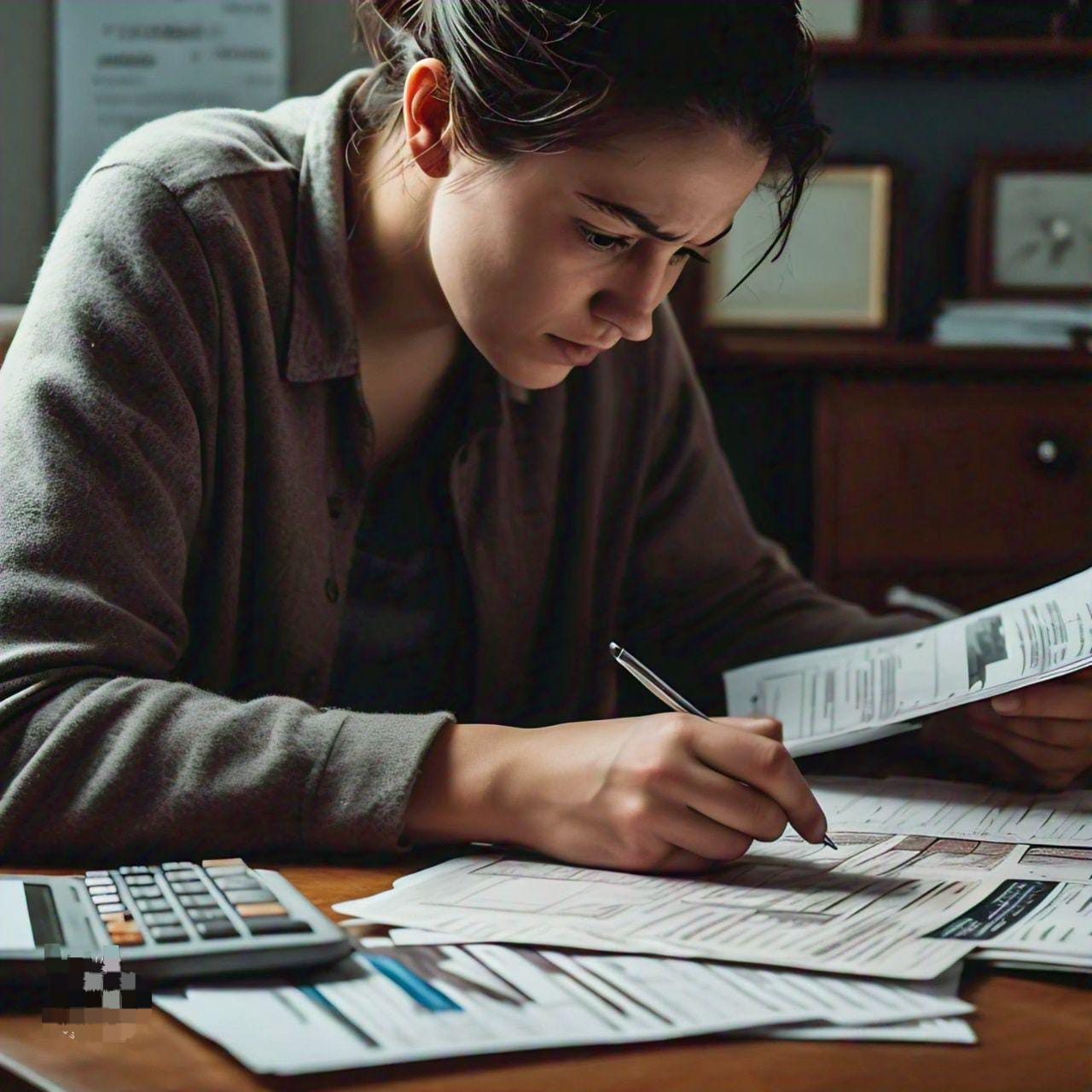Understanding price action is crucial for any finance industry expert who is aiming to make informed trading decisions. Price action reflects the movement of a security’s price. It provides signals that can help identify potential trading opportunities.
So in this guide, we will walk you through how to spot profitable patterns. Let’s dive in!
The Importance of Candlestick Patterns
Candlestick patterns are essential for interpreting price action. They offer visual insights into market sentiment. It reveals whether buyers or sellers are dominating the market.
Understanding these patterns can help any market expert. It can help spot potential reversal or continuation signals.
For instance, a “doji” candlestick indicates market indecision. A “hammer” suggests a potential reversal from a downtrend to an uptrend. A “shooting star” signals a potential reversal from an uptrend to a downtrend.
Identifying Support and Resistance Levels
Support and resistance levels are critical components of price action analysis. A support level is where a security’s price tends to find a floor as it falls. A resistance level is where the price tends to find a ceiling as it rises.
Identifying these levels can help financial consultants and portfolio managers. It can help them make better trading decisions.
For example, if a stock repeatedly bounces off a particular price (support level), it suggests strong buying interest at that price. Conversely, if it struggles to break above a certain price (resistance level), it indicates strong selling pressure.
Recognizing Trendlines
Trendlines are lines drawn on a chart to connect a series of prices. They help stock analysts identify the general direction of a security’s price. An upward trendline suggests a bullish market, while a downward trendline indicates a bearish market.
Drawing trendlines involves connecting two or more low points in an uptrend or high points in a downtrend. This visual aid allows investment advisors to recognize ongoing trends and anticipate potential reversals.
You can also discover why price moved here and get a bigger picture of the market trends.
Spotting Chart Patterns
Chart patterns are formations created by the price movements of security that can hint at future price directions. Common patterns include “head and shoulders,” “double top/bottom,” and “triangles.”
The “head and shoulders” pattern is a reliable reversal pattern. It typically forms after an uptrend and predicts a downtrend. Recognizing this pattern allows market experts to take strategic actions.
Volume Analysis
Volume analysis is another key component of price action. It refers to the number of shares or contracts traded in a security or market during a given period. High volume often accompanies price movements and confirms the strength of a price trend.
For example, if a price breakout occurs with high volume, it suggests a strong move and potential continuation in that direction. Conversely, a breakout with low volume might be suspect and could result in a false move.
Price Action Is Not a Standalone Strategy
Deciphering price action requires practice and keen observation. It is not a standalone strategy, but rather a tool to be used in conjunction with other analysis techniques.
So, it is essential to also consider fundamental and technical analysis in addition to price action when making trading decisions. This holistic approach can lead to more accurate predictions and better risk management. So keep practicing and happy trading!
Did you find this article helpful? If so, check out the rest of our site Essential Tribune for more.








